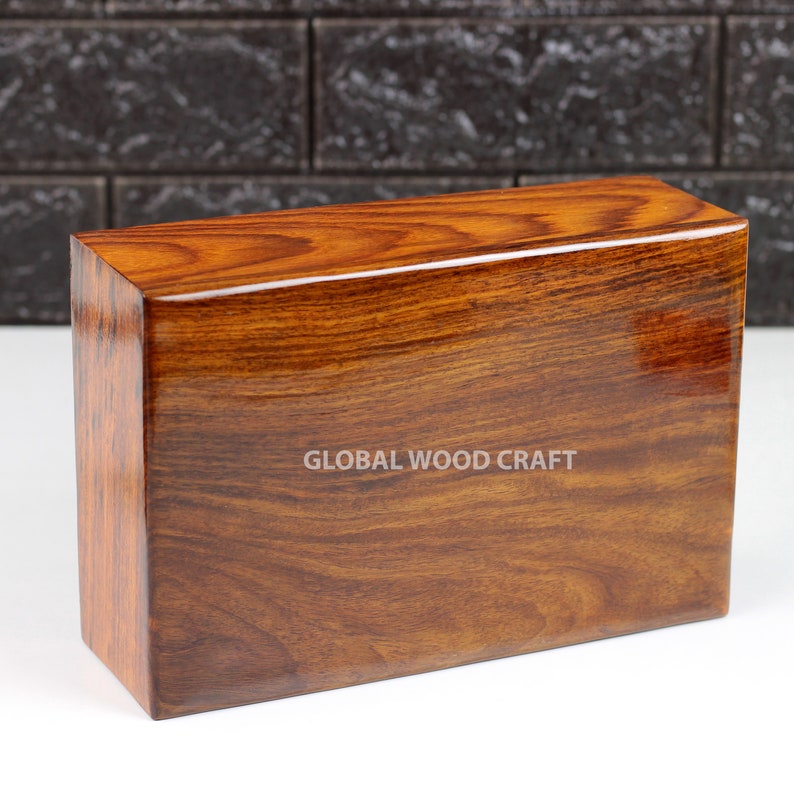


Near-Death Experience.or Psychedelic Trip?.Once finished, a diamond cutter adds the facets that make it sparkle. The longer the graphite is kept under these high-pressure, high-temperature conditions, the larger the eventual diamond becomes. As the carbon atoms in the graphite gradually rearrange themselves, the seed inside the growth cell provides the first crystals an attachment point. The heat nearly matches the inferno of the Earth’s mantle, which is about three times as hot as a pizza oven-and nearly twice as hot as a cremation oven.Ī diamond “seed” the size of a sand grain also encourages diamond growth. That’s like having the weight of three and a half blue whales pressing down on every inch. The cell is placed under 850,000 pounds per square inch of pressure, at about 2,500 degrees Fahrenheit. A diamond is the result of pressing refined, pure graphite under high heat and pressure to mimic natural forces as closely as possible-typically the graphite is transformed inside a “growth cell,” a metal alloy. The next step converts this carbon powder into graphite, the dark gray mineralized carbon used in pencils. The company Lonité recommends providing a half cup of ashes or 10g of hair to start the process. It’s not much, but it’s all that’s needed to seed the eventual diamond. Once a body is cremated, about 1–4 percent of the remaining ash is made of carbon. The first step is to extract carbon from the remains. While it takes our planet a billion years to transform carbon into diamonds, memorial diamond companies turn out diamonds within just months. When our planet hurls them upward with volcanic eruptions originating deep within the mantle, they land in the Earth’s crust. As the pattern repeats, the crystal grows into rough diamonds. Carbon atoms need to be in these conditions for at least 1 billion years before they jam together into their tightest possible bond, each carbon atom joining with four other carbon atoms. When it comes to the creation of natural diamonds, it begins 100 to more than 1,000 miles below the Earth’s surface, where the mantle experiences temperatures of more than 2,200 degrees Fahrenheit and about 725,000 pounds of pressure per square inch, making your pressure cooker at home look like a child’s toy. Pure carbon extracted from cremation ashes undergoes extremely high pressure and temperature, replicating the Earth’s natural diamond engine, only at ultra-high speed. The process involves a different application of the machines used to pioneer lab-grown diamonds, itself a burgeoning field that gives people an alternative to mined gems. The Rich May Get Richer by Living Longerīut how this is actually done is quite fascinating.Supercomputers Reveal the Earth’s Diamond Engine.


 0 kommentar(er)
0 kommentar(er)
